Why you should learn Python in 2022
There are always plenty of reasons to learn something new. But is it worth your time? Let’s go through some of the reasons you should, or maybe shouldn’t, learn Python.
Python is easy to learn, read, and write
Python is known for having an incredibly simple syntax. This makes it much easier to read others’ code and for you to avoid those annoying missed semicolons or brackets.
If you’re completely new to programming it might be a bit harder, but just give it a few minutes in any beginner course and you’ll quickly get a hang of it.
Let’s look at an example, would you be able to tell what the following script does?
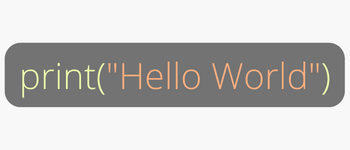
Python is incredibly versatile
With Python, you can do almost anything. Thanks to its libraries and frameworks, you can do pretty much anything.
AI and Machine Learning
Python is incredibly popular for AI and ML applications. Thanks to PyTorch, TensorFlow, and Keras you can develop AI and ML applications with just a few short courses.
Data Science
With a few libraries, you can do pretty much anything when it comes to data science. Anything from data visualization to analysis is at your fingertips with libraries such as Pandas, NumPy, SciPy, and previously mentioned TensorFlow.
Web Development
The by far most popular frameworks for web development with Python are Django and Flask. While Django is a bit more extensive than the minimalistic Flask, you’ll find that using Python for web development is both easy and powerful.
Growing popularity
Python is on an upward trend when it comes to adoption. With the increasing use cases thanks to libraries and frameworks, you can use Python for many different things. This makes it an incredibly popular language to learn.
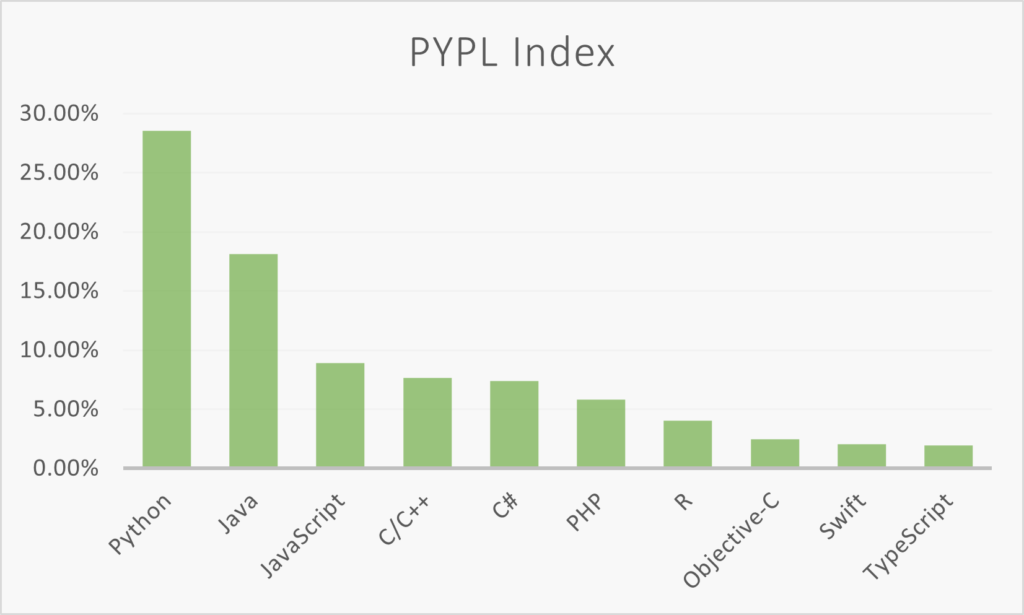
“The PYPL Index (PopularitY of Programming Language Index) is created by analyzing how often language tutorials are searched on Google.”
In demand for jobs
Thanks to the rise of machine learning, companies are looking for Python developers. The graph changes on how you look at it, on which job listing platform, for certain periods, but this graph will give you a general idea of what the market looks like.
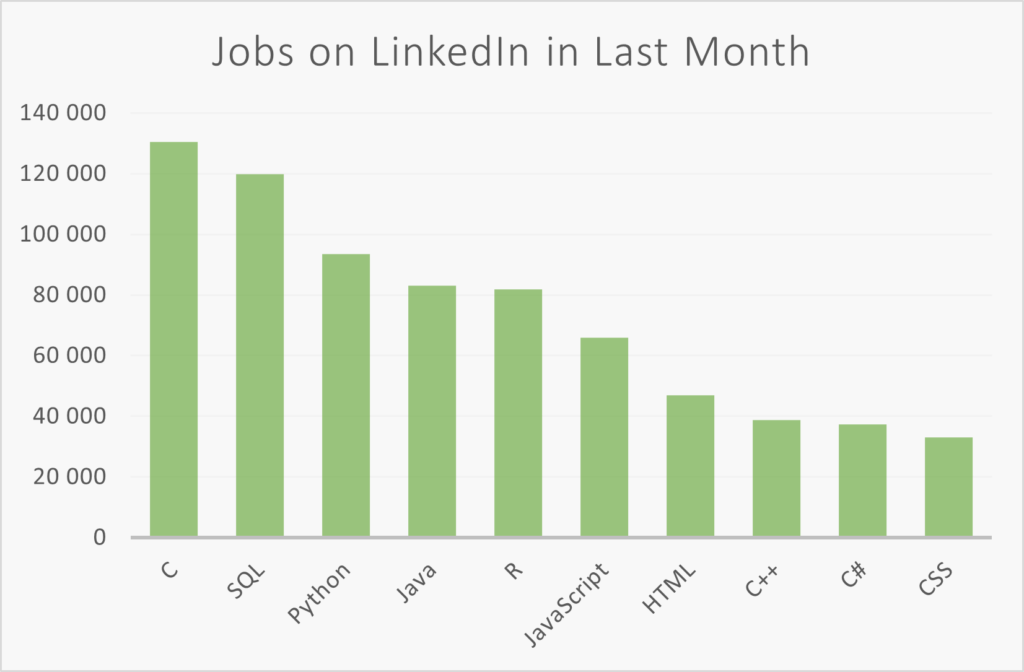
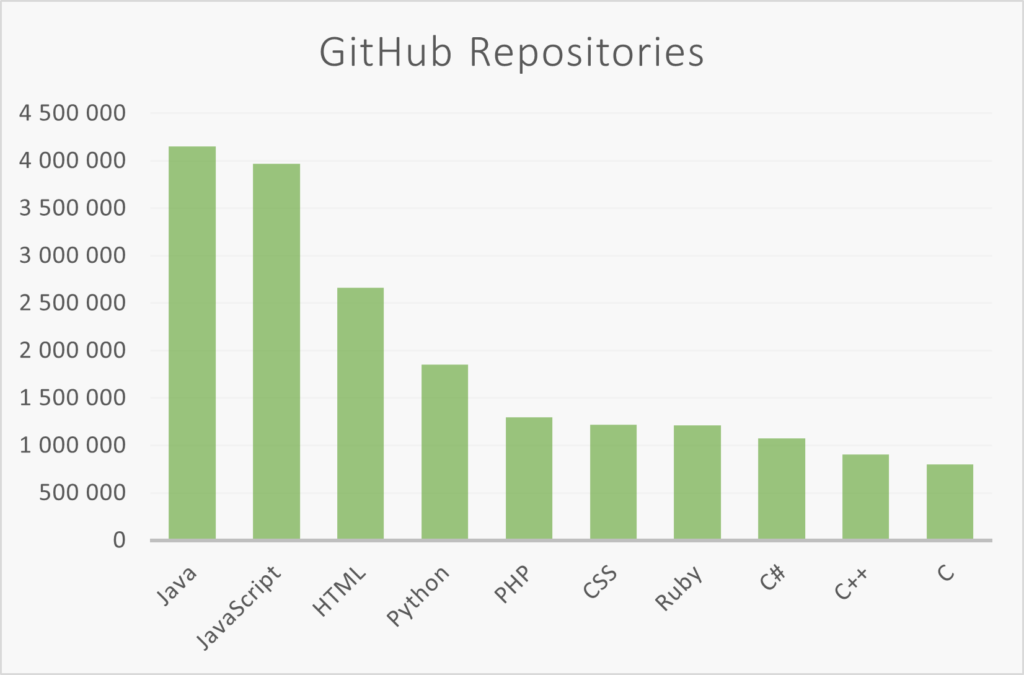
Where and how to learn in it
Online courses
There are plenty of online courses and classes you can take to start your Python journey or to take the next step after an introduction course. It is often hard to find relevant courses since our skillset and previous knowledge differ. A course might suit one person much better than another.
While Python is not the course’s primary focus, CS50x by Harvard is a great starting point for your programming journey. You can check out our course review of it here.
A simple search for Python courses on EdX, Coursera, or YouTube, will also give you a large selection of in-depth courses and videos. All the information you could ever need is available for free on the internet, all you have to do is look.
Doing projects
Get your IDE started and get going! The best way to learn anything is to solve problems and work with the material yourself. Anyone can watch a video or read articles, but to actually sit down and implement what you learn will greatly enhance the time you spent consuming the knowledge.
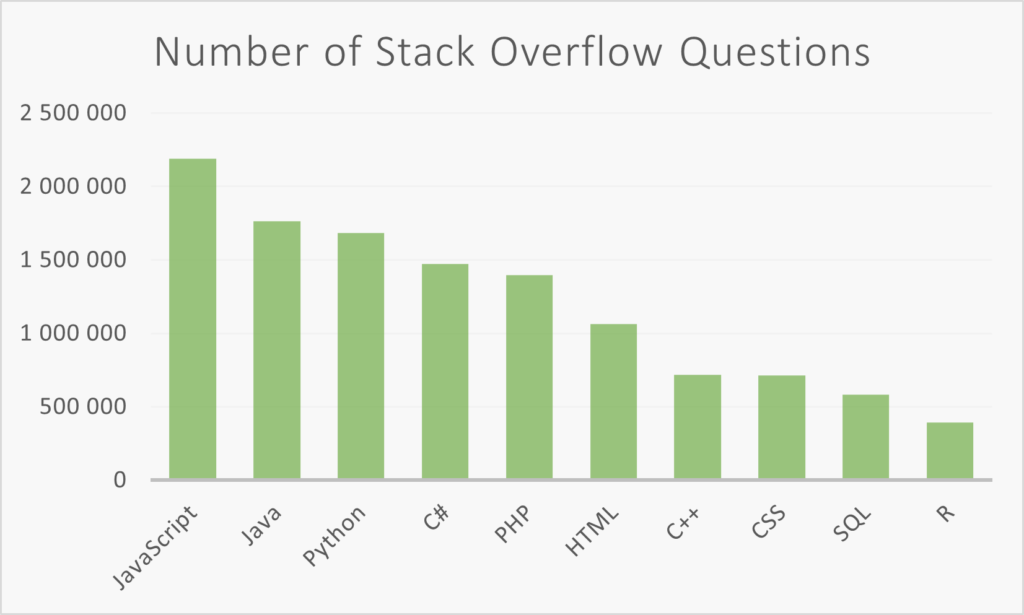
Start using libraries and different frameworks.
As mentioned, there are several frameworks for Python, so after you’ve figured out what you want to try and do with Python, find and implement the relevant libraries and frameworks. This is how modern programming is done, and while you can accomplish a lot with the standard Python library, you will need to branch out to capture the language’s full potential.

